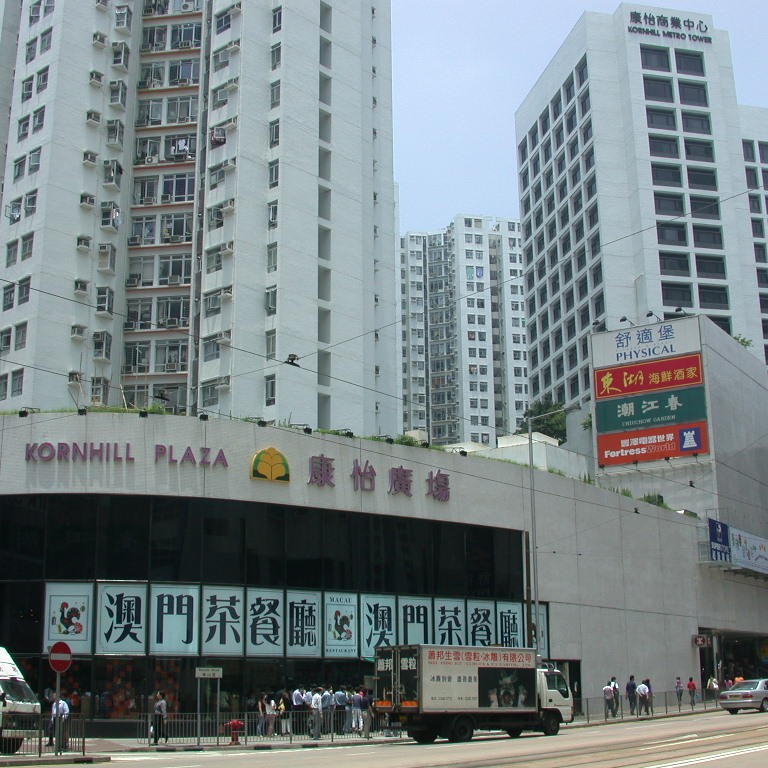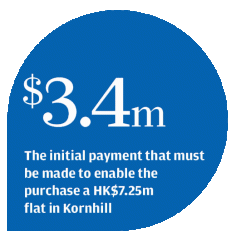
Government should not forget Hong Kong’s middle class when increasing supply of flats
The government has succeeded in curbing price of property but many still cannot afford to buy
The Hong Kong government is going to build more subsidised public housing to help people with lower incomes. It is time to care about the sandwich class.
It is true that the government's cooling measures did help to curb property price increases since February last year.

There is a strong demand for three-bedroom flats among sandwich-class households with children, as they need the space for the family and a domestic helper.
A three-bedroom flat at Kornhill, a 28-year-old housing estate in Quarry Bay, costs at least HK$7.25 million. That is enough to buy three houses in London.
Under the government's cooling measures, a family has to pay the doubled stamp duty of 7.5 per cent, or HK$543,750, to buy such a flat if it already owns a property.
As mortgage lending has tightened, a family will be able to get a bank loan of only up to 60 per cent. It means the family must make a down payment of at least HK$2.9 million. So, to buy the flat, it must find a total initial sum of more than HK$3.44 million.
Of course, the government will waive the double stamp duty if the family sells its existing flat within six months after buying the new flat.
However, it is not easy for people to sell a flat in six months these days because of poor market sentiment, unless they cut their asking price sharply.
Data from the Land Registry shows 36,406 second-hand flats changed hands last year, 42 per cent fewer than in 2012.
Several friends want to buy a bigger flat for their families. But they were discouraged when they found out how much they needed to muster for an initial payment.
"It seems the government is deterring us from buying a flat," one said.
The government is trying to cool down the property market by curbing price growth and housing demand using various measures.
In the long run, it is relying on releasing more land and increasing new housing supply.
In recent years, the government introduced restrictions on flat sizes when it auctioned off residential sites. The usable area of each flat built on the majority of sites to be released in the coming financial year is limited to small flats.
And as the demand from upgraders has been curbed by the cooling measures, developers are building more smaller flats to lower their investment risk and to cater to still-strong demand for such flats from cash-rich investors.
So, although there will be a greater supply of flats in future, most of them will be smaller ones.
As a result, the downward pressure on the prices of mid-size flats will be limited, particularly those in Kowloon and on Hong Kong Island, even if new housing supply increases significantly from next year.
The increase in supply won't help the sandwich class.
The government should also address the housing problem of middle-income families by easing up on mortgage restrictions and allowing bigger flats to be built.
It could also extend the period during which purchasers of flats can sell their existing ones and qualify for exemption from the doubling of stamp duty.

